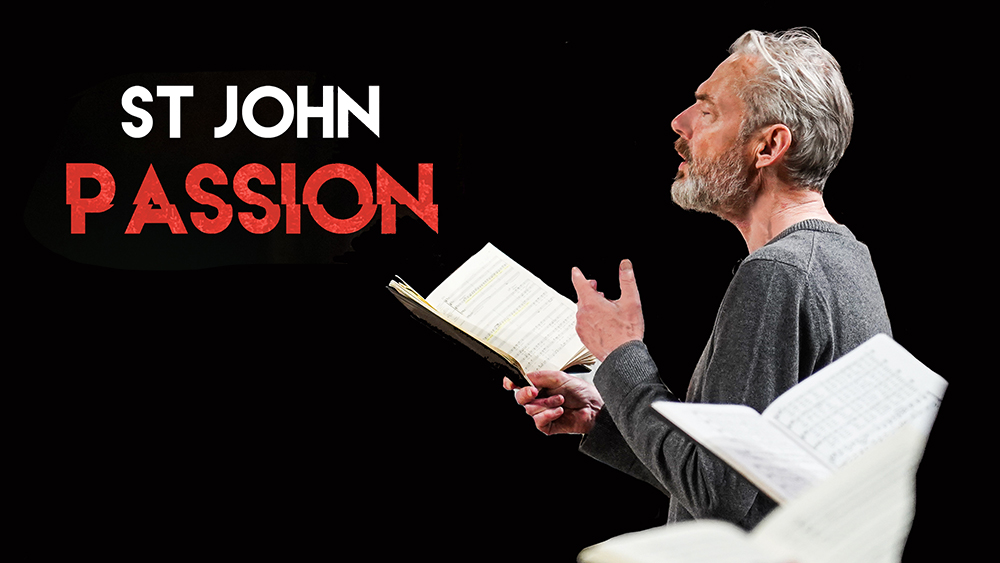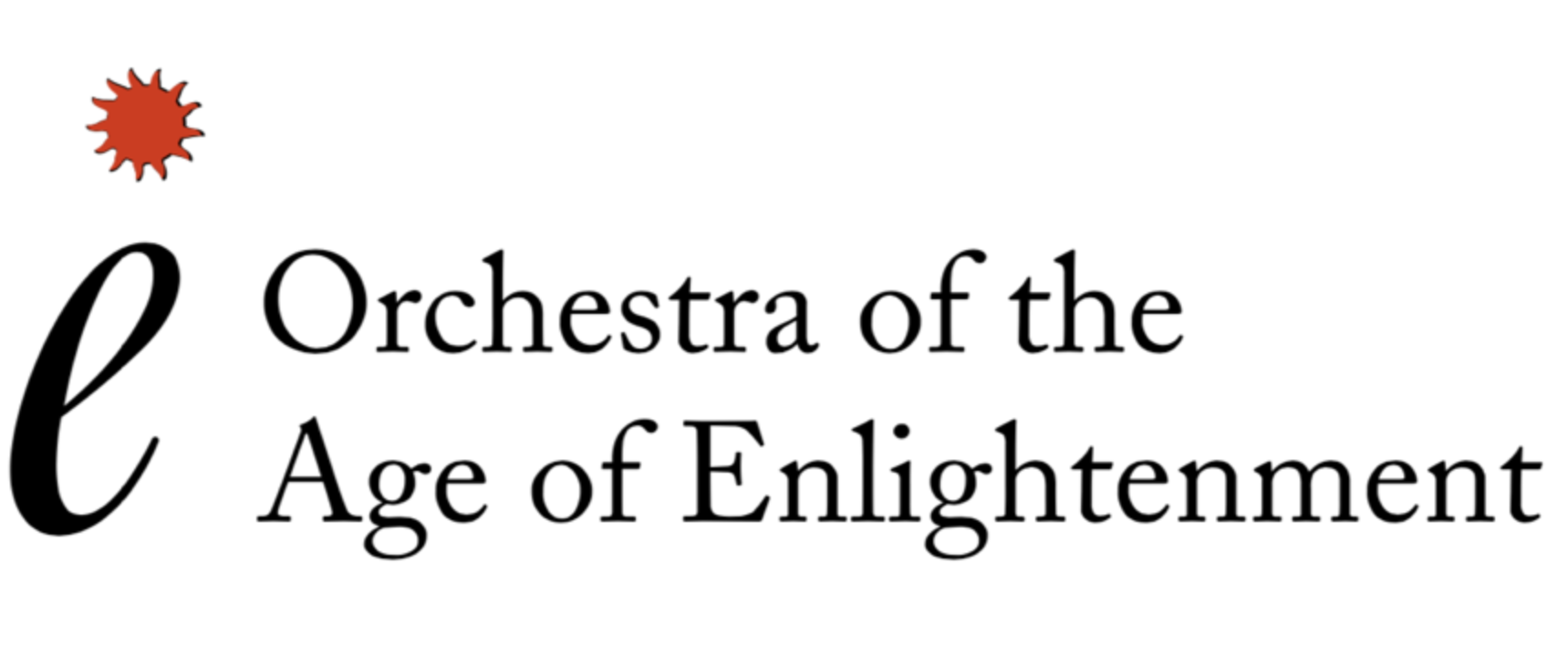Performing the Passion 23 March 2022

Although the practice of incorporating, by various means, the story of Christ’s Passion within the services of Holy Week goes back many hundreds of years, the idea of performing it musically was a very new one in the Leipzig of Bach’s day. In 1721, two years before Bach’s arrival at Leipzig, his predecessor, Johann Kuhnau, performed his own St Mark Passion at St Thomas’s Church as part of the liturgy of the Vesper Service on the afternoon of Good Friday. The music was divided into two parts, the first to be sung before the sermon, the second to be sung after it. As part of this newly established custom the performances were to alternate yearly between the two principal churches of St Thomas and St Nicholas; thus the first performance of Bach’s St John Passion, during the Vesper service on Good Friday in 1724, (not 1723 as was once thought), took place in St Nicholas’s church.
Curiously, Bach may at first have overlooked this arrangement, as the following written exchange, included in the Proceedings of the Council of Leipzig (3rd April 1724) indicates: “Mr Johann Sebastian Bach, Cantor of the
Thomas-Schule, was notified …. that the Passion Music for Good Friday should be given alternately in the Nicolai-Kirche and the Thomas-Kirche. But since the title of the music [the libretto or order of service] sent round this year revealed that it was to take place again in the Thomas- Kirche … the Cantor should for his part act accordingly”. Bach’s response was that “he would comply with the same, but pointed out that the booklet was already printed, that there was not room available, and that the harpsichord needed some repair, all of which, however, could be attended to at little cost; but he requested at any rate that a little additional room be provided in the choir loft, so that he could place the persons needed for the music, and that the harpsichord be repaired”. To which the Senate replied that “the Cantor should, at the expense of the Honoured and Most Wise Council, have an announcement printed stating that the music was to take place this time in the Nicolai-Kirche, have the necessary arrangements in the choir loft made, with the aid of the sexton, and have the harpsichord repaired”. Such passages are interesting to us today, not so much for the detail of their contents but because they place us a little bit nearer to the circumstances and occasion of Bach’s own performance.
The genesis of Bach’s St John Passion is exceptionally complicated, for although the orchestral score, instrumental and vocal parts of the first performance have survived there are, nevertheless, four distinct versions of the work. The chief differences lie between the first and second versions, performed in 1724 and 1725, respectively; many of the known alterations which Bach made for the third version (1728-32) are lost, while the fourth version, on which Bach worked intermittently during the last years of his life, closely resembles and, indeed, largely reverts to that of the first performance. From the listener’s point of view the versions of 1724 and 1725 are markedly different and contain sufficient individual material for them to be thought of as distinct from one another. The New Bach Edition uses as its principal source for the opening movements the autograph score of the final version. Bach began this probably in about 1739, but he stopped after 21 pages, and the remainder is in the hand of a copyist.
The several versions which Bach made of the St John Passion, together with the multiple revisions, are apt to suggest that an overall conception of the work was lacking in the composer’s mind. Evidence to the contrary has
been cited by scholars such as Friedrich Smend, Alfred Dürr and, more recently, Christoph Wolff, who have stressed the geometrical regularity of musical patterns within the Passion. Wolff in particular has drawn our attention to certain features of the St John Passion of a unique character. Bach or his unidentified librettist (the possibility that Bach may have written his own libretto cannot be entirely discounted) began, for example, with words at that time commonly associated with the opening exhortation to prayer in Saxony, “Herr, unser Herrscher, dessen Ruhm in allen Landen herrlich ist!” (“Lord our Redeemer, Thou whose name is glorious in all the world”).
There are several fundamentally divergent aspects, between the St John Passion and the St Matthew Passion which followed it three years later in 1727. In the St Matthew greater emphasis is placed on the solo items – arias, ariosi, ensembles – while in the St John we find only two ariosi, no ensembles and seven arias in all. Another striking difference between the two Passions is that in the St Matthew the direct speech of Christ is surrounded by a halo of strings, whereas in the St John the words of Christ are accompanied by ‘secco’ continuo. For this reason the contrast between the words of Christ and the narrative of the Evangelist may not immediately seem to us as being quite so effective in the St John; yet in its favour is the subtlety with which the words themselves are treated; in fact the recitatives of the St John Passion, in general, are of considerable dramatic intensity.
We may also find a similarly dramatic and intense treatment of the words in the choruses, the interjections of the
crowd. In keeping, by-and-large, with the text of the rest of the work, these are based on words from the Gospel
and the impact is, consequently, all the greater. In this respect, Christoph Wolff reminds us that the St John Passion forms a link in the history of Passion settings between the Passion-Histories of the seventeenth century and the later Passion-Oratorios with their freer and often more reflective poetic texts. Then there are the chorales, the popular German hymns of Bach’s day. We can only speculate as to what extent, if any, the congregation took part in these; for while it seems likely, on the face of it, that it would have joined in the music with which it was familiar, nevertheless the printed texts of the Passion did not include the chorales, nor would Bach’s more elaborate settings, often involving an awkward compass, have been effective under such conditions.
Nicholas Anderson
Watch us perform the St John Passion on Saturday 26 March 2022 at Southbank Centre’s Queen Elizabeth Hall.

